新しい週間が始まりますさ!皆んな、頑張って!いとよかどに買い物に一緒に行きましょう!何を買っていいでしょうかな。。
@ThousandJP いくつかの質問の答えが英語で書かされてしまった。簡単すぎと思えませんか?それで多分、黒ボックでマークしておいてほうがいいと思うのですが。
Day 1
Instead of trying to translate the entire sign, today I’m going to see how well I can just scan for the information I am looking for.
Home goods can be found on 4F (子供と暮らしのフロア) and has daily necessities and family items (日用品・家庭用品), bed tools (bedding) and interior goods (寝具・インテリア), and kitchen dining (キッチンダイニング).
Nojima is on 5F, the specialty items (専門店のフロア) floor, and the food court (カルチャと飲食のフロア) is on 6F.
Day 2
お客様へ
To (our) Customers:
トイレ用品は衛生上は返品・お取り替えできません。
Due to hygiene (concerns), toiletries cannot be returned or exchanged.
サイズをご確認の上、お買いに求めください。
Please check the size before you buy.
*Got it in one!  Google Translate translates 衛生上 “sanitary reasons” and I like that better. I translated it the way I did because I think hygiene/health first when I see 衛生.
Google Translate translates 衛生上 “sanitary reasons” and I like that better. I translated it the way I did because I think hygiene/health first when I see 衛生.
Day 3
On the first pass I can see that it is a sign displaying information about fluffy (ふわふわ) towels. From the 織縫 kanji I can tell it goes on to say something about the thread/sewing process and how the towel was made. 細番手 might be something about how fine the thread is. The text below explains something about how the towel was able to be made so fluffy and talks about the thread (糸) and the pile (パイル) and softness (やわらか).
My Translation Attempt:
ふわふわ。
Fluffy.
繊維長の長い細番手の無撚糸を使って、ていねいに織り上げています。
Mine: Using long thread long thin yarn without twisted yarn/thread, (it is) carefully woven into fabric.
糸に撚りをかけないことで、繊維間に空気をたくさん含むため、パイルがふんわりとふくらみ、棉そのままのようなやわらかなタオルができました。
For the purpose of including…thread interval atmosphere (space?)…pile is gently and fluffily…cotton…soft towel was (able to be) made.
With Google Translate Help:
(Looked up “繊維長の長い細番手の無撚糸”.)
Carefully woven into fabric using fine count non-twisted yarn with long fiber length.
(Looked up “繊維間に空気”)
Without twisting the thread, in order to include a lot of air between the fibers, the pile is gently and puffily like cotton able to be made into soft towels.
(Then I gave up and put in the whole second sentence:)
By not twisting the yarn, there is a lot of air between the fibers, so the pile is soft and fluffy, creating a towel that is as soft as cotton.
New Words:
撚り (より)- twist, ply
番手 (ばんて) - (yarn) count (Or thread count?)
撚糸 (ねんし) - twisted yarn or thread
ふんわり - gently, fluffily
ふくらみ - swelling; puff
棉 (めん) - cotton (I KNEW this meant cotton. But I’ve only seen it written using 綿.)
繊維 (せんい) - fiber (not new, but I forget this one A LOT. You’d think after watching Kill La Kill so many times and seeing 繊維喪失 that I’d remember it better.)
Day 4
こちらの商品は裏側にございます。
This product is on the other/reverse side.
*Initially I was going to write “underneath” because 裏 does have a “bottom” meaning, but I looked it up to check and 裏側 is “other/reverse side”.
Day 5
A quick scan tells me:
*the product is sheets that you can stick to your windows to prevent the glass going everywhere if the window shatters during a typhoon.
- It’s good for everyday use as well as typhoons and earthquakes.
- You can remove them when they aren’t needed
- A special (storage case) is included.
- The also block 99% of UV rays.
No help Translation:
(赤い丸)普段使いOK!
Normal use OK!
台風への備えに!窓ガラスの飛び散らしを抑制!
Prepare for a typhoon! Suppress/contain shattering window glass!
必要な時だけ貼って、不要な時ははがして保管できます(専用ケース付)
Stick it on the window when needed, and when no longer needed it can be removed (special case included)
粘着剤不使用、繰り返し使えて、はがした後もキレイ
You can reuse it and the window will still be clear after (the product is) removed.
台風・地震の備えに!
Prepare for typhoon/earthquake!
UV99%カット!ふだんも役立ちます!
Blocks 99% of UV rays! Also suitable for everyday use!
本製品は透明です。
Product is transparent.
窓ガラス飛地抑制シート
Window Glass Shatter-Containment Sheet
*This was without looking up a single thing. Now I’m going to look up a few words and make any refinements.
- “Everyday use OK!” would sound more natural since 普段 also means “every-day”.
- はがす would have been better translated as “peel off” and 保管 means “storage” so “Stick it to the window when you need to, and you can peel it off when no longer needed.” would sound more natural.
- For 本製品 “this product” would be more accurate than just “product”.
That’s less refining than I thought I’d need. That feels really good (especially after yesterday).
Day 6
A quick scan tells me: These towels are made from organic cotton and good for the environment. Not only is it… something about the pile…it’s made from organic cotton. Regarding the organic cotton, it’s been … over three years and doesn’t use any synthetic material. So people using it can be sure that it’s made from materials that are environmentally friendly.
Translation:
環境にやさしいオーガニックコットン
Environmentally-Friendly Organic Cotton
「ふんわり・やさしいタオル」はパイル部分だけでなく、地糸も厳選されたオーガニックコットンを使用しています。
[Fluffy soft towel] not just the pile portion, but the thread/(ground yarn?) too is made from carefully selected organic cotton.
こだわり04
Specialty 04
オーガニックコットンとは、3年以上農薬や化学肥料を使わない農地で栽培された綿のこと。時間を費やして作られたオーガニックコットンは、使う人もちろん、環境にもやさしい素材です。
As for the organic cotton, it’s been cultivated on a farm that has not used pesticides or chemical fertilizer for more than three years. Because time was spent to make this organic cotton, people using them can be certain that they are made from environmentally friendly materials.
*I had a good idea what things meant because I recognized the meanings of the kanji but got stuck on the readings for 農薬 (のうやく), 栽培 (さいばい) and 費やして (費やして). And new words 厳選 (carefully selected), 農薬 (pesticide), and 費やす (to spend time on).
Day 7
Quick Scan:
For sanitary reasons these products cannot be returned or exchanged once the package has been opened (excluding poor quality items). Please carefully check the size, etc. before buying.
Translation:
お客様へ
To (Our) Customers:
こちらの商品んは衛生商品の為一度パッケージを開封しますこと取り替え・ご返品は(不良品除き)出来ません
サイズ等よく確認の上、お買上げいただきます様お願い申し上げます。
For sanitary reasons these products, once the package is opened, cannot be exchanged or returned (excluding poor quality items). We ask that you please carefully check the size etc., before purchasing.
*Ran it through Google Translate afterward and I like “defective product” better than “poor quality items” for 不良品.
Thank you again @ThousandJP for another terrific, fun, challenging, helpful, instructive, and engaging week. Looking forward to Week 10! お疲れ様でした!第十週を楽しみしています!
皆んな、よく頑張ったね! また再来週!


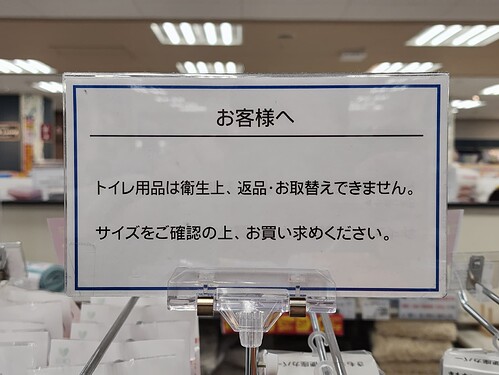
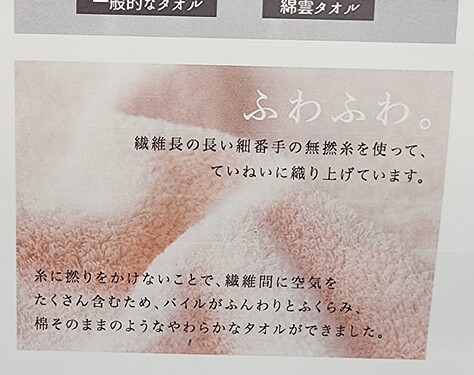
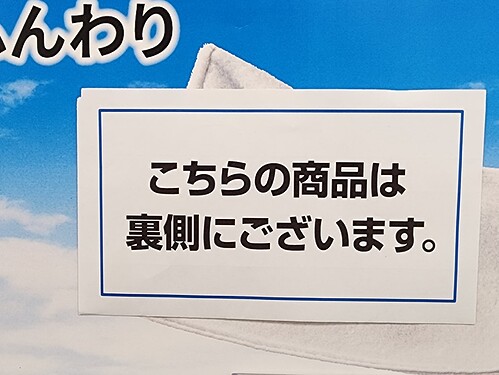
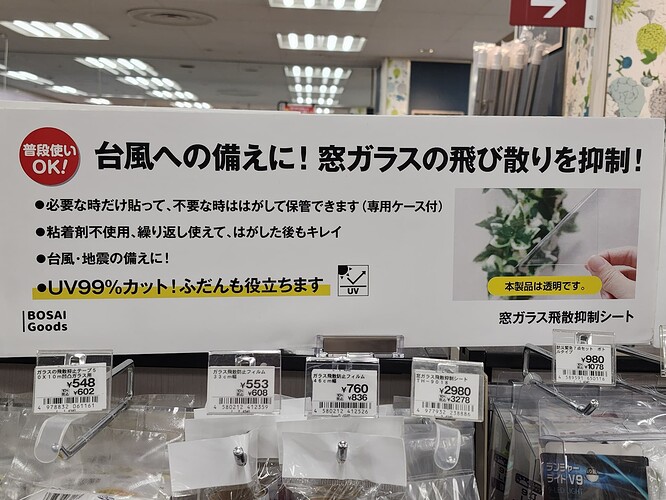

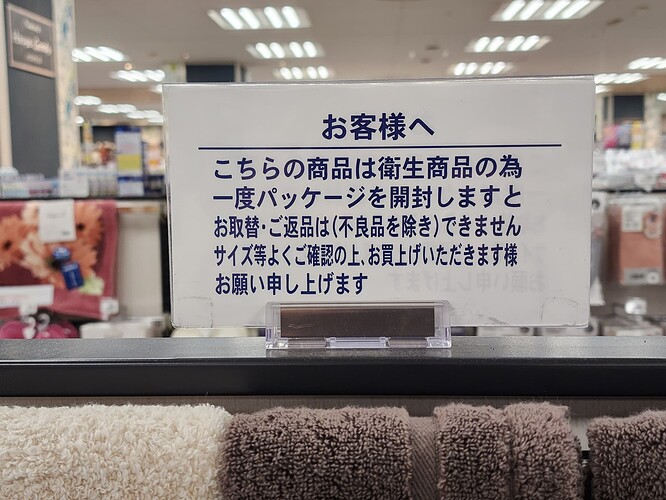
 Google Translate translates 衛生上 “sanitary reasons” and I like that better. I translated it the way I did because I think hygiene/health first when I see 衛生.
Google Translate translates 衛生上 “sanitary reasons” and I like that better. I translated it the way I did because I think hygiene/health first when I see 衛生.